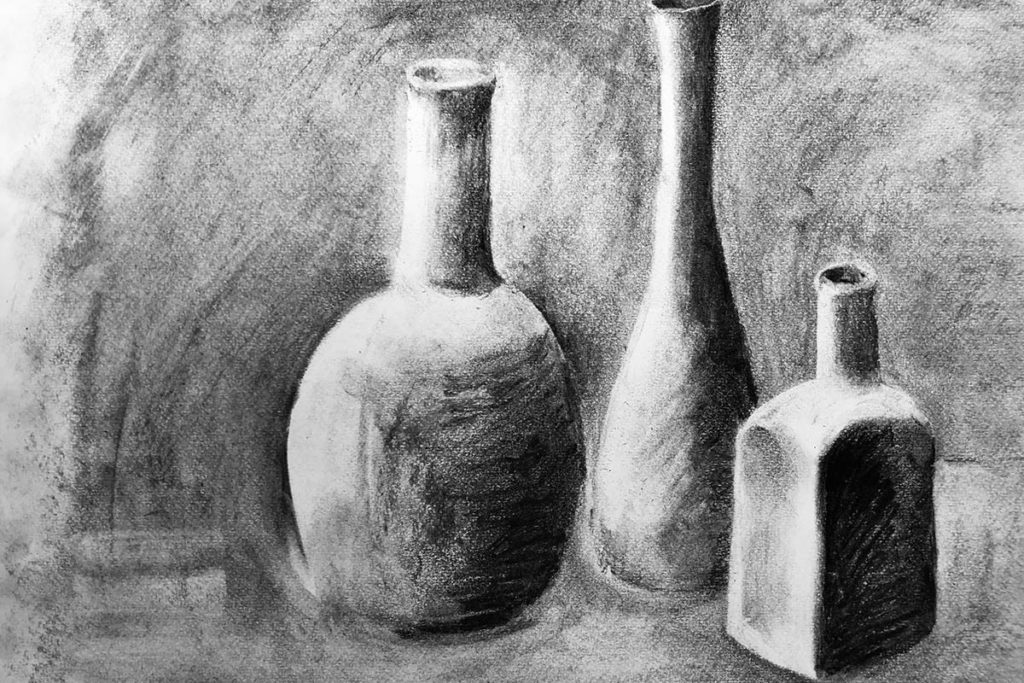
1. Try to use ‘smudging’ sparingly. Smudging can help blend the lines on a charcoal drawing, but so can many other techniques, such as etching. Relying on smudging too often comes across as lazy compared to using other techniques, and it can make the picture look surprisingly flat and gray. Even practically speaking, the more artists rely on smudging, and the more their hands will get stained with charcoal. They will undoubtedly get awkward charcoal spots all over their pictures as a result. Smudging is best used to supplement other basic drawing techniques.
2. Balance the different values carefully. Charcoal is very dark, and creating a light and dark contrast is important to make the picture visually dynamic. It is very easy to press too hard and have nowhere to go when it comes time to draw in the darkest parts of the picture. Starting by drawing very lightly and progressively darkening the values is more likely to produce the necessary sort of powerful, dynamic values.
3. Start with broader strokes first. Creating fine details is more difficult with charcoal, since charcoal utensils tend to be very thick. Some areas of the art piece will demand thick, heavy strokes. Artists can start there, and then gravitate towards the finer lines. At that point, the pencil would be worn down enough to make the transition possible.
4. Avoid using color with charcoal drawings, unless the picture is supposed to include mixed media in general. Part of the appeal of charcoal drawings is the black and white contrast and monochromatic simplicity. Charcoal is an inexpensive, low-maintenance medium, and charcoal drawings are often supposed to have an appealing sketched quality. Most colored utensils will only disturb the work artists have already done in crafting the charcoal drawing.